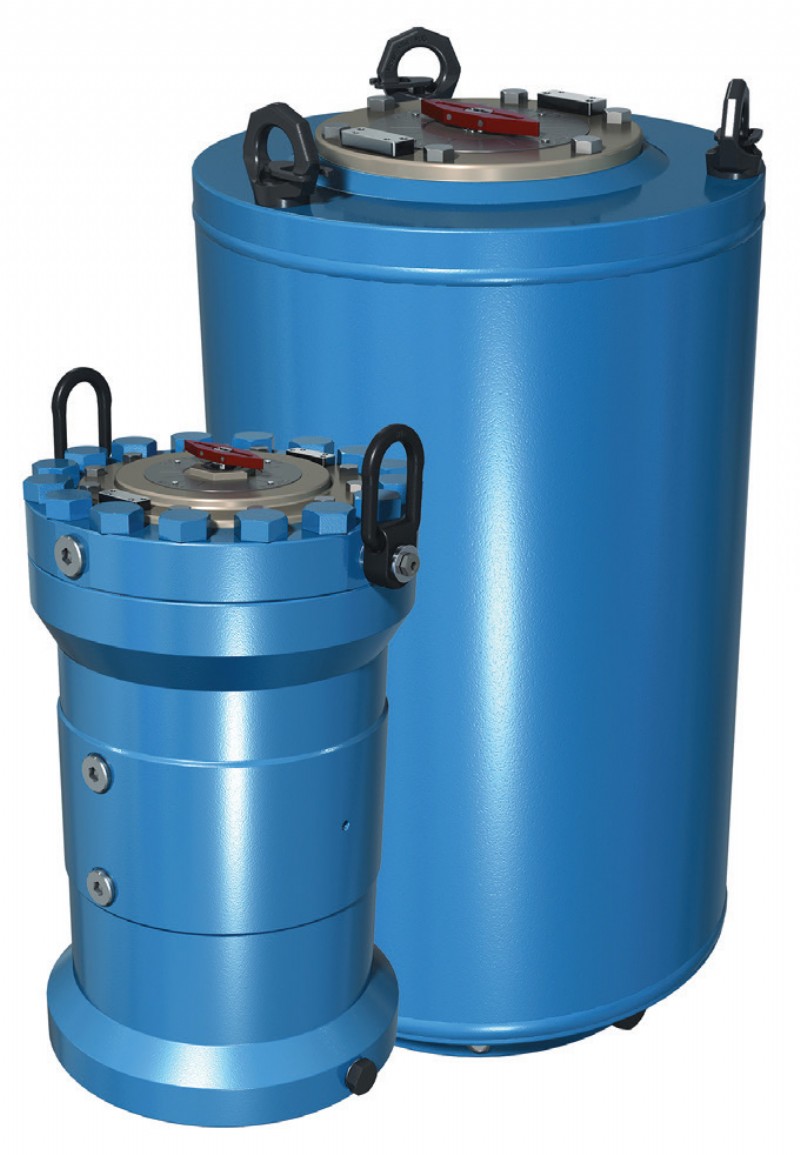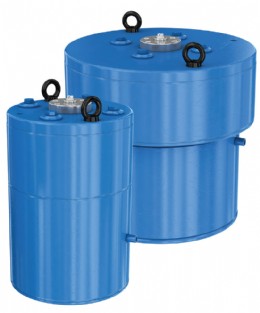Innovative Application-Specific Compact Actuator Series Unveiled

Designed with a high-performance helical spline, the HS series compact actuators are used for power transmission. (Image courtesy of Schlumberger)

The CP series compact actuators save valuable space as compared to a typical scotch yoke actuator. (Image courtesy of Schlumberger)
The HS series is fit for applications where a high-pressure hydraulic fluid will be used as a supply for the actuators and the CP series is designed for applications where a lowpressure compressed air supply will be used. Both series address the need for automating quarter-turn valves in space-constrained installations.
Study of torque-generating mechanisms
Upon being tasked to undertake the development of a best-inclass type of compact actuator, an intensive study was performed to identify the pros and cons of existing torque-generating mechanisms used in a wide variety of existing actuator designs. Not surprisingly, the scotch yoke mechanism is consistently utilized to operate an extensive range of valve sizes and pressure classes. Additionally, when the scotch yoke device was designed for direct mounting to the valve stem, the minimal height of this actuator met the definition of compact. However, due to the stroke length needed by the scotch yoke moment arm when rotating 90 degrees, the resulting overall length of the actuator was not compact. Generally, for an actuator to be considered compact, it should fit within the end-to-end dimensions of the valve on which it is mounted. To meet this dimensional constraint, a different torque mechanism would be required.
Research and development engineers at the Centre of Excellence for Actuation then focused on a helical drive torque mechanism because it is the only existing device that can generate the torque output required, and provide substantial reductions of the overall actuator dimensions.
Two helical drive choices
Since helical drives for actuators are currently available in two distinct designs (helical spline and helical slot), a careful evaluation for selecting the preferred helical drive was undertaken. Relying upon the centre’s extensive actuation expertise that has been ongoing since the 1940s and combining it with helical drive knowledge that surfaced in the 1960s, it soon became apparent that the helical spline and helical slot drive mechanisms each had advantages and disadvantages, depending on the application.
Therefore, centre engineers decided against restricting available options to only one helical drive type and making it fit into all applications. The centre is the first to offer both solutions.
To learn more about the compact actuator solutions and how optimized design can help achieve space reductions in automated piping systems, visit the below website.
Web: www.cameron.slb.com/compact-actuators

| Telephone: | 01224 982000 |
| Email: | SMowatt@slb.com |
| Website: | www.products.slb.com/valves |
| More information on the Cameron, a Schlumberger Company BVAA Member Directory Page |
Search related valve / actuator articles: Cameron, a Schlumberger CompanyIssue 41ActuatorsCompact Actuators







-web.jpg)





